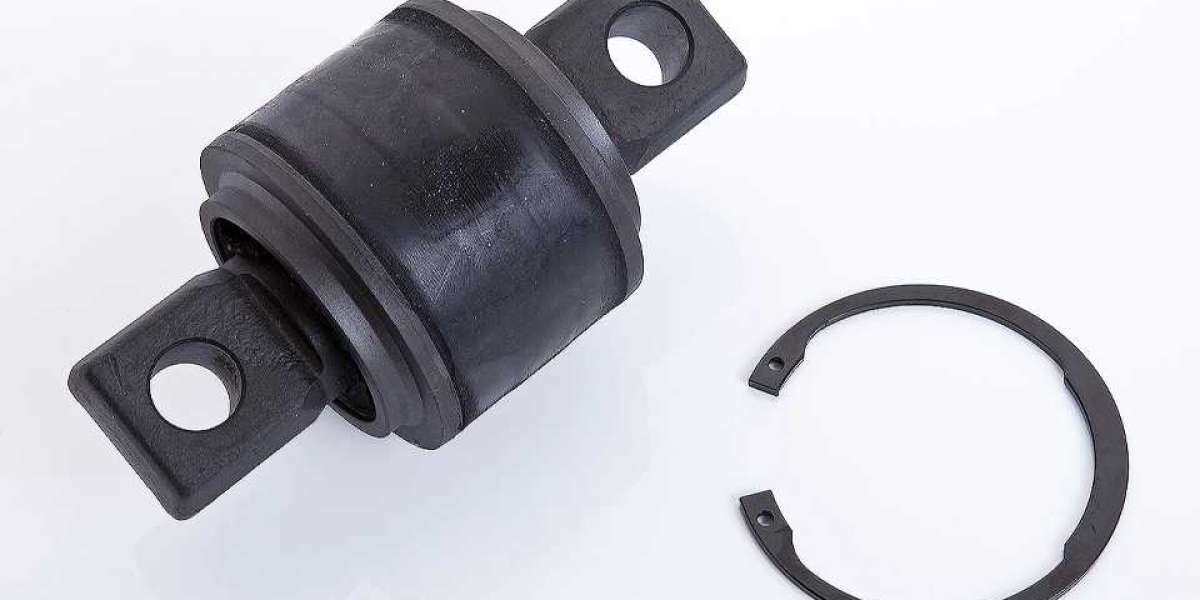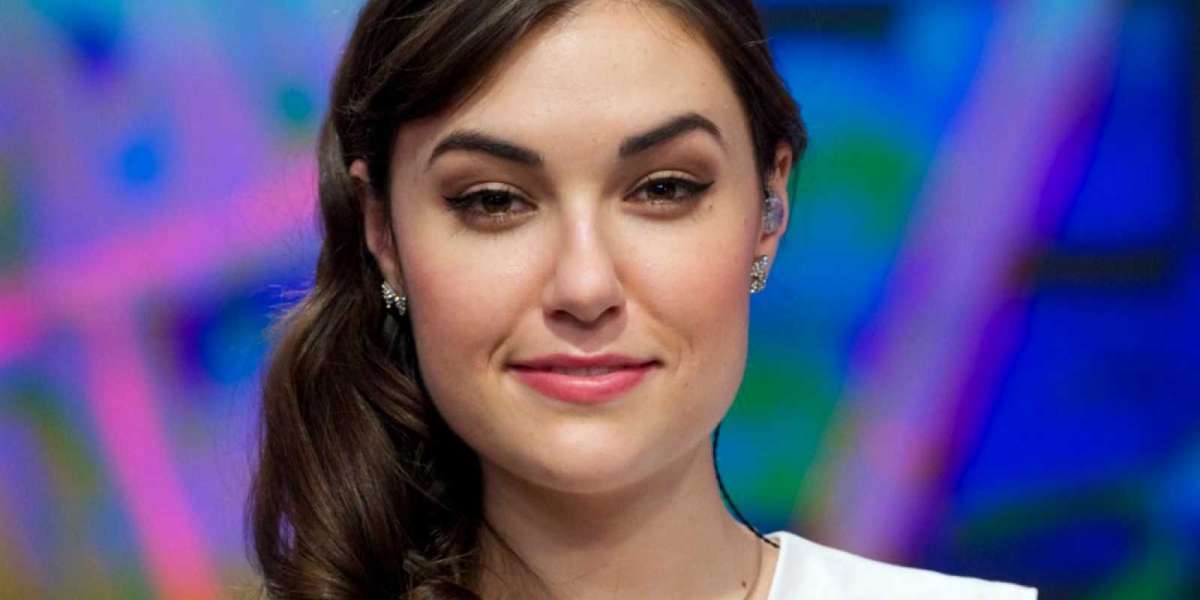Introduction
- Overview of the importance of rubber in the automotive industry.
- Brief history of rubber usage in vehicles.
Types of Rubber Used
- Natural rubber vs. synthetic rubber.
- Common types of rubber compounds (SBR, EPDM, NR, etc.).
Key Applications of
Tires
- Composition and significance.
- Innovations in tire technology (e.g., run-flat tires, eco-friendly tires).
Seals and Gaskets
- Role in preventing leaks and ensuring vehicle integrity.
- Different materials for different applications.
Suspension Components
- Bushings and mounts.
- Impact on ride quality and handling.
Hoses and Belts
- Radiator hoses, brake hoses, timing belts.
- Importance of durability and flexibility.
Interior Components
- Dashboard components, floor mats, and soundproofing.
- Influence on comfort and aesthetics.
Manufacturing Processes
- Overview of rubber manufacturing (mixing, molding, curing).
- Innovations in manufacturing techniques.
Sustainability and Environmental Impact
- Challenges with rubber disposal and recycling.
- Emerging eco-friendly materials and practices.
Future Trends
- Advancements in rubber technology (smart materials, bio-based rubbers).
- The impact of electric vehicles on rubber components.
Conclusion
- Summary of the critical role of rubber in automotive design and performance.
- Final thoughts on the evolution and future of rubber components.














